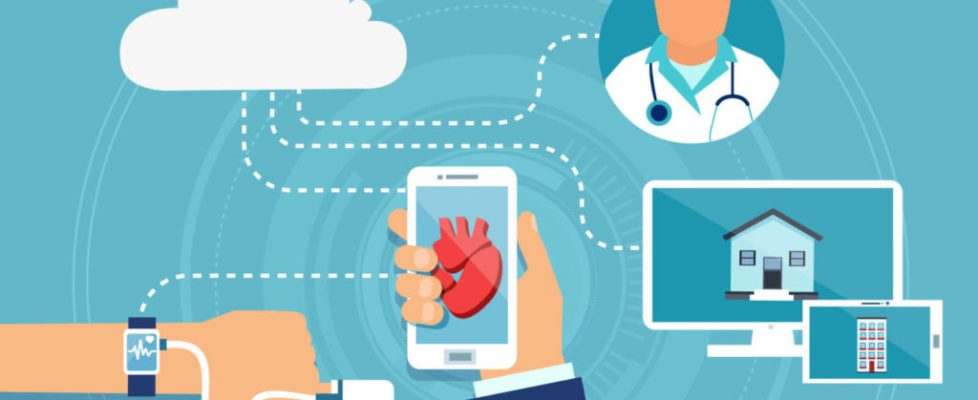COVID-19: New Law Allows Free Telehealth without Blowing Tax Benefits of Health Savings Accounts
On March 27, 2020, President Trump signed the Coronavirus Aid, Relief, and Economic Security Act (the CARES Act) into law. The CARES Act contains several provisions affecting healthcare benefits and the expansion of telehealth services. Notably, the new law provides temporary relief for telehealth and High Deductible Health Plans (HDHP), allowing coverage for telehealth services without plan member cost before plan members’ deductibles are met.
These changes come at the heels of OIG’s announcement to allow providers to waive patient cost-sharing (e.g. co-pays) for telehealth services.
The “No First Dollar Coverage” Rule
Under normal IRS rules, if an HDHP waives the deductible for any services other than preventive care services, then it is not considered a qualified HDHP and employees who participate in that plan are not eligible to contribute or receive employer contributions to a health savings account (HSA). This is known as the “no first dollar coverage rule.”
For HSA tax purposes, the “no first dollar coverage” rule applies to telemedicine services. An employee would not be able to enjoy the tax advantages of an HSA with an HDHP plan if the employer pays all the costs of the telehealth services (unless an exception applies). Rather, the full deductible under the employee’s HDHP plan has to be met before any employer-financed payment if the employee wants to retain the tax advantages of using an HSA. That means the employee will generally need to pay all costs (including for the telehealth services) out of pocket until the employee’s deductible is met.
Relief Given under the CARES Act
Section 3701 of the CARES Act creates a temporary safe harbor allowing HDHPs to cover telehealth services and other remote care without cost to plan members before plan members’ deductibles are met. This temporary safe harbor applies to all HDHPs, including those with plan members using HSAs. Under the Act, a HDHP will not lose HDHP qualified status if it offers cost-free telehealth services to plan members before the annual deductible is satisfied. In other words, HDHPs can offer plan members access to telehealth services with no cost-sharing to the member, regardless of whether the deductible is met, and such members will remain eligible to make and receive contributions to an HSA. This offers significant relief to plan sponsors who want to offer first-dollar, pre-deductible telehealth coverage while still desiring to preserve HDHP qualified status.
This is only temporary relief, and this safe harbor only applies for plan years beginning before January 1, 2022.
What This Means for Telehealth
The “no first dollar coverage” rule has historically been considered by employers, plan sponsors, and telehealth companies as a barrier to creative business models offering low-cost or no-cost telehealth programs to members and employees.
For plan years beginning before January 1, 2022, an employer can sponsor an HDHP and simultaneously offer a telemedicine service without disqualifying an employee from making or receiving tax-advantaged HSA contributions. Continued expansion in coverage means telehealth providers and employers can enhance telehealth program offerings, both for the immediate cost savings and growing opportunities for revenue generation, to say nothing of patient quality and satisfaction.
Employers, Plan Sponsors, and Telemedicine companies should be mindful of these pending developments. For more information, please contact your Foley relationship partner or the Foley colleagues listed below. For additional web-based resources available to assist you in monitoring the spread of the coronavirus on a global basis, you may wish to visit the websites of the CDC and the World Health Organization.
Foley has created a multi-disciplinary and multi-jurisdictional team to respond to COVID 19, which has prepared a wealth of topical client resources and is prepared to help our clients meet the legal and business challenges that the coronavirus outbreak is creating for stakeholders across a range of industries

